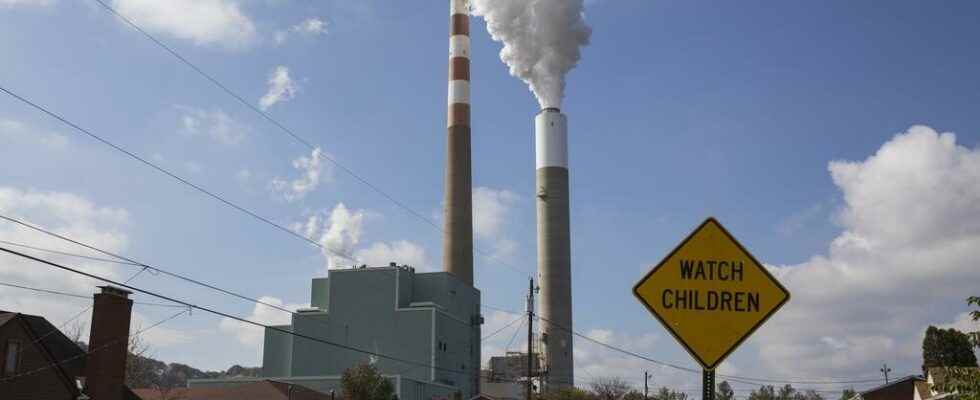The last seven years, from 2015 to 2021, have been clearly the hottest on record, said Copernicus, the European climate monitoring agency, on Monday. In addition, greenhouse gas emissions responsible for global warming continue to record records.
The year 2021 will have been the fifth hottest on record, with an average temperature 1.1 to 1.2 ° C higher than in the pre-industrial era.
And yet, according to the Copernicus agency, last year temperatures were pulled down by La Nina. A climatic phenomenon that generally causes lower temperatures on a global scale. The objective of the Paris Agreement therefore continues to move closer. It plans to contain global warming if possible below 1.5 ° C, and every tenth of a degree counts.
► To read also: 2021, record year for renewable energies but it is not enough
Already, 2021 has been marked by unprecedented natural disasters: a heat dome in Canada in June, devastating fires in Siberia during the summer, floods in Central Europe or in China … Agency officials therefore call for action. quick.
Because the other record recorded last year by the Copernicus teams concerns the levels of greenhouse gases produced by human activity and responsible for climate change. The concentrations of carbon dioxide and methane have reached new heights… And this, despite repeated commitments by States to reduce their emissions.
Greenhouse gas emissions have jumped in the USA
Last year, greenhouse gas emissions in the United States jumped 6.2% compared to the previous year, according to the Rhodium group, a renowned and independent research firm. These figures are also bad news for the US president, since Joe Biden had promised to halve US emissions by 2030.
The objective now seems difficult to achieve. According to experts from the Rhodium group, this jump in greenhouse gas emissions in the United States is mainly explained by one factor: the restart of the American economy after the economic cataclysm caused by the appearance of Covid-19 in 2020.
With lockdowns, plant closures and the shutdown in air transport at the start of the pandemic, oil and gas producers had cut production. To counteract the very high prices of natural gas, the United States fell back on electricity produced from coal, which pollutes a lot: an increase of 17% over the last year. The other phenomenon which explains the jump in greenhouse gas emissions is the resumption of road traffic, up 10%.
According to scientists, these figures demonstrate above all that the recovery of the post-pandemic American economy is not yet taking place according to the ecological models desired and promoted by Joe Biden. The president’s grand plan which would allow the necessary major investments is blocked in Congress by a Democratic senator, who hails from a coal-producing state.
